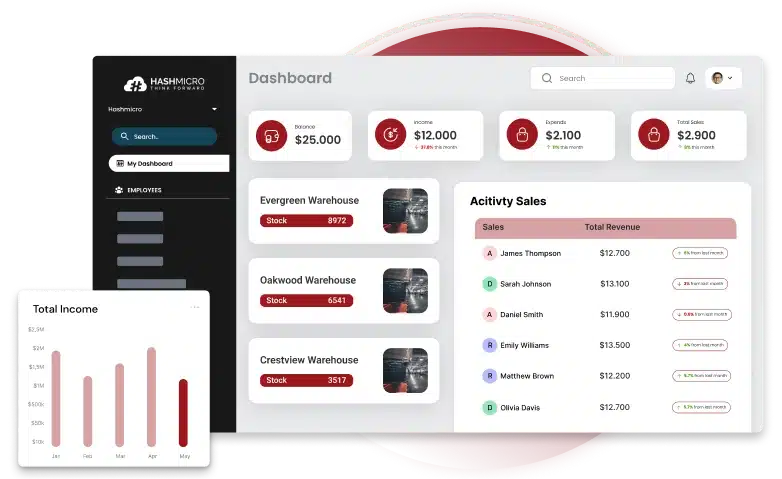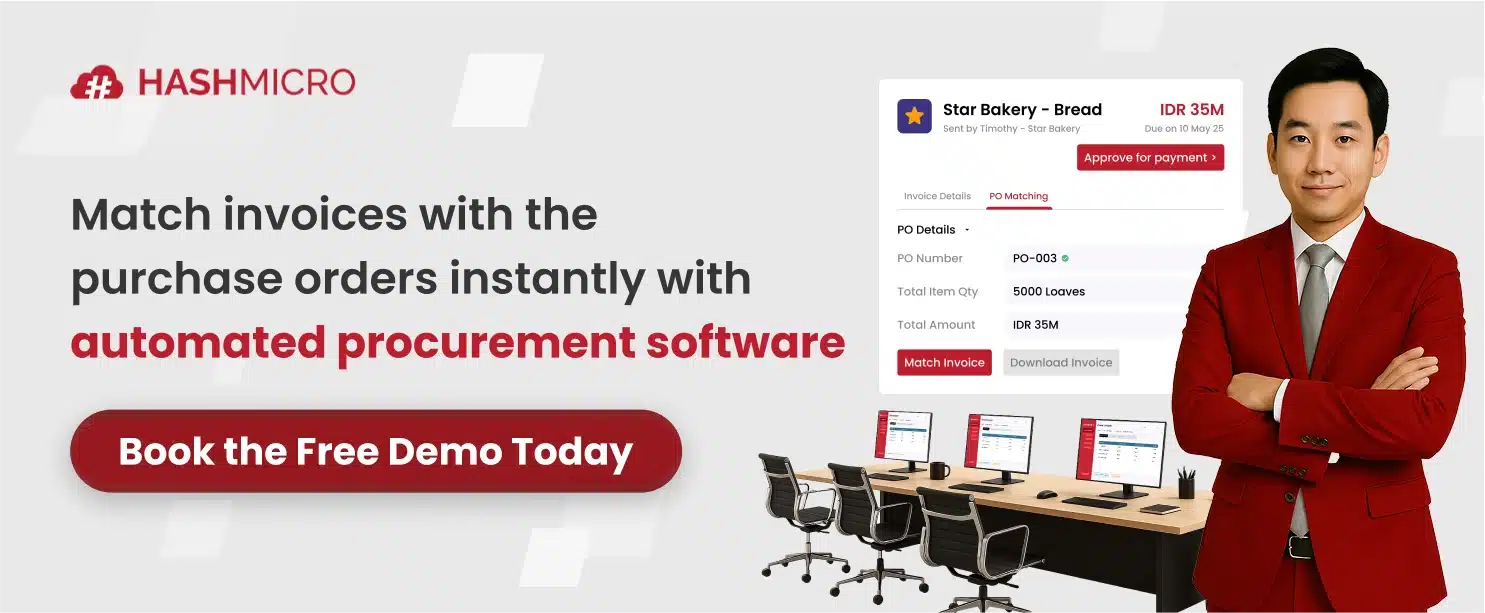Category management is crucial for retailers aiming to manage their product assortments effectively. Without it, retailers often face fragmented product assortments, inconsistent pricing, and poor promotions that drive away customers and reduce profitability.
Stock imbalances—whether it’s overstocking or stockouts—are common, and disconnected data systems make it difficult to react quickly to market shifts.
Retailers without a unified category management approach find themselves constantly fighting fires, with little time to focus on long-term growth. Category management helps retailers solve these issues by refining product selection, pricing strategies, and supply chain efficiency.
This article will provide a comprehensive overview of category management, explaining its key components, benefits, and how it can transform retail operations.
Key Takeaways
|
What is Category Management?
Category management is a strategic approach to managing the procurement and retail process by organizing goods and services into distinct categories based on shared characteristics, such as type, value, supplier, or risk.
It is widely utilized in businesses, government, and nonprofit organizations to align sourcing efforts and supplier relationship management with overall business strategy.
Companies can better manage product placement, pricing, promotion, and supply chain functions by treating each category as a separate business unit. A key aspect of category management is maximizing the Four Ps:
- Product, ensuring the right assortment is available based on trends and demand.
- Placement, optimizing store layouts to match customer needs or store-specific requirements.
- Price, adjusting to market competition and financial goals.
- Promotions, designing offers that resonate with customers.
When executed effectively, category management drives efficiency, enhances the customer experience, increases profitability, and mitigates risks in both procurement and retail.
What are Procurement Categories?
A procurement category refers to a logical grouping of products or services that share similar characteristics, supply and demand factors, and suppliers.
The way categories are organized depends on factors such as the industry, procurement’s internal structure, spending patterns, and the broader marketplace.
The basic principle is to group goods and services with common traits, either by following a global standard like the UN Standard Products and Services Code (UNSPSC) or by using an internal classification system, also known as a spend taxonomy.
At the highest level, there are two main groups of spend:
1. Direct categories
Direct categories refer to raw materials and items used in producing goods for resale, essential to core operations. These items are often purchased in large volumes from trusted suppliers, such as chemicals for soap production or airplane parts.
The distinction between direct and indirect categories can vary by industry. For instance, IT may be considered a “direct” category in banking and insurance, where it’s central to core operations, but “indirect” in industries like food or beverage.
2. Indirect categories
Indirect categories cover goods and services that support daily business operations but are not tied to specific products. Examples include marketing, maintenance, professional services, utilities, and telecommunications.
Professional services is a typical example of an indirect category in most organizations, covering legal, HR, and business consulting services. Each sub-category requires specialized attention as different services often have distinct pricing models and market dynamics.
Benefits of Category Management

Thanks to fewer inefficiencies and easier supplier negotiations, category-led procurement offers several key benefits, helping purchasing teams work more efficiently and find new opportunities:
- Improved Insights and Decision-Making: Category management helps companies gain visibility into costs and performance, leading to smarter decisions. Even a 1% reduction in COGS can boost EBITDA by 18%.
- Significant Cost Savings: Focusing on core products and simplifying assortments can yield major savings. One distributor improved margins by 10% while cutting SKUs by 50%.
- Enhanced Supplier Relationships: Better segmentation and negotiations with suppliers can lead to 10-20% margin increases, as shown by companies that leverage category insights.
- Reduced Risk Exposure: Strong supplier relationships and proactive strategies help mitigate supply chain risks, especially during periods of uncertainty like inflation
- Increased Efficiency: Automation and data analytics streamline procurement processes, allowing companies to manage more categories and improve inventory turnover.
Components in Category Management
Effective category management relies on several key components that work together to drive success. These components guide purchasing decisions, optimize inventory, and enhance supplier relationships:
1. Demand forecasting
Accurate demand forecasting is essential to bringing category management to life. It must be precise enough to meet location-specific needs but flexible enough to offer broader insights. AI-powered tools step in by analyzing everything from sales history and pricing to seasonality and even weather patterns.
These advanced algorithms handle huge amounts of data, allowing businesses to set ideal inventory levels for each product at every location. This helps ensure shelves are stocked with exactly what customers want, when and where they want it.
2. Assortment planning
Assortment planning helps tailor product offerings by digging into sales data, market trends, and customer feedback. By using techniques like market basket analysis, retailers can spot product relationships and fine-tune their stock accordingly.
Category managers can also predict how new products will perform, avoiding cannibalization by offering just the right variety without overwhelming shoppers. Consumer decision trees (CDTs) help balance the assortment, so the selection meets core customer needs without going overboard.
3. Planogramming
Planogramming is all about making store layouts work smarter, not harder. Using detailed visual maps (planograms), planners can place products where they’ll attract the most attention based on customer behavior and buying habits.
This setup encourages impulse buys and highlights high-margin products, boosting both sales and profits. Plus, planograms give store staff clear product placement guidelines, ensuring every store stays consistent and appealing.
4. Pricing and promotion
Smart category management means constantly reviewing prices and promotions. Missteps in pricing can hurt customer perception—not just for a single product, but for entire categories.
By working closely with pricing and promotion teams, category managers ensure the right products get the spotlight at the right time. This targeted approach helps avoid wasted marketing efforts and maximizes customer engagement.
5. Floor planning
Floor planning, or macro space planning, focuses on arranging products in-store to improve customer flow and boost sales. Planners use store layout designs to decide which categories go where, based on sales patterns, inventory turnover, and seasonal trends.
This ensures categories have enough space to shine without overcrowding. Thoughtful floor planning helps customers navigate the store easily while optimizing real estate for maximum profitability.
6. Store execution
Even the best-laid plans need strong execution. Store execution ensures that pricing, promotions, and planograms are actually put into action, helping stores hit sales targets and create a great customer experience.
With mobile tools, employees can seamlessly manage tasks, adjust layouts, and restock inventory. These components can also be unified with a comprehensive system, such as procurement software.
Key Steps in Category Management

While the process may differ between organizations, category management generally involves three key steps:
1. Define category profiles
The first step involves analyzing current spending and considering various factors such as risks, regulations, and business logic to identify categories. This results in a unified category taxonomy that the entire organization can use for purchasing.
2. Outline and plan strategy
Next, teams assess each category by reviewing pricing, supplier performance, supply and demand forecasts, and other relevant factors. They then identify opportunities to optimize spending and boost value, creating a master strategy that outlines goals, tactics, and phases for each category.
3. Execute strategy and monitor outcomes
Finally, the strategy is implemented, and teams continuously monitor outcomes, suppliers, market conditions, and business needs. This allows for quick adjustments and ongoing optimization of category strategies as circumstances change.
Category Management Challenges
Category management comes with its own set of challenges that can hinder efficiency and growth. Addressing these obstacles is key to building a more effective, resilient strategy. Below are the challenges of category management:
- Fragmented tech systems: Different teams in retail often use separate platforms for forecasting, assortment planning, floor planning, and store execution, leading to siloed data and limited collaboration.
- Varied customer preferences and fast-changing markets: Category managers must meet diverse customer needs and quickly adapt to changes in trends, supply chain disruptions, or weather events.
- Complex assortments with space constraints: Planners must efficiently use store space, balancing on-shelf availability without overloading back rooms or staff with excess stock.
- Conflicting goals between teams: Misaligned priorities between teams, such as supplier negotiations and space management, can hinder communication and decision-making.
Best Practices for Effective Category Management
Building an effective category strategy requires a clear understanding of customer needs and market dynamics. Businesses can create strategies that deliver strong results by focusing on key areas and leveraging insights.
Developing a winning category strategy can be accomplished faster with the following best practices:
- Customer-Centric Approach: Focus on customers by gathering feedback and analyzing preferences. This helps businesses adapt offerings, build loyalty, and stay competitive.
- Strategic Supplier Partnerships: Collaborating with suppliers provides valuable insights and reduces workload. However, stay aware of supplier goals to avoid biases.
- Cross-Functional Collaboration: Foster collaboration across departments like procurement, marketing, and finance. Diverse input helps create a more comprehensive, resilient category plan.
- Continuous Improvement: Regularly review performance metrics to identify areas for improvement and drive ongoing success and innovation.
- Technology Adoption: Invest in technology like a procurement system to streamline workflows, improve data visibility, and enhance decision-making. Choose tools that align with your category management goals.
Enhance Your Category Management with Procurement Software

Effective category management relies on streamlined procurement, and HashMicro’s procurement software is built to make that happen. By organizing and automating the procurement process, HashMicro ensures that every category, from direct materials to indirect services, is managed efficiently and with full visibility.
Whether you’re overseeing supplier relationships or managing complex orders, our software keeps your procurement on track, helping you reduce costs and drive better decision-making.
HashMicro’s software gives you full control and visibility over every stage of the procurement process. With real-time updates and easy access to supplier information, you can make smarter, faster decisions that positively impact your bottom line.
- Automated Purchase Order (PO), Request for Quotation (RFQ), and Purchase Requisition (PR) Management: Speed up procurement processes and reduce manual work with consistent, automated document creation and approvals.
- Vendor Portal for Seamless Supplier Interaction: Suppliers can submit quotes, track orders, and manage details in real-time, improving communication and efficiency.
- Supplier Evaluation and Rating: Make data-driven decisions by evaluating suppliers based on performance metrics like delivery speed and product quality.
- Landed Cost Calculation: Our accurate landed cost calculator helps you avoid pricing surprises by factoring in all costs, such as shipping and duties.
- Approval Management for Purchase Requisitions: Automate approvals for quicker, policy-compliant purchases and improve oversight.
Conclusion
Category management is a strategic approach that organizes products into categories, optimizing procurement, pricing, and supply chain functions. This method enhances efficiency, reduces risk, and boosts profitability by treating each category as a distinct business unit.
HashMicro’s procurement software simplifies processes through automation and real-time insights for Singaporean businesses. It helps companies lower costs and make informed decisions by providing full visibility over supplier relationships and category performance.
Want to stay ahead of the competition? With HashMicro’s solution, you can streamline everything and make smarter purchasing decisions. No need to paiseh, lah, book your free demo, and see for yourself how easy it is to transform your procurement process!
FAQ About Category Management
-
How is category management different from traditional procurement?
Category management groups products into categories for strategic management, unlike traditional procurement, which focuses on individual transactions. It enables businesses to optimize long-term supplier relationships and streamline the entire procurement process.
-
How does category management help with supplier relationships?
It builds long-term partnerships with suppliers, improving negotiations, performance tracking, and collaborative opportunities. Category managers work closely with suppliers to align goals, ensuring higher efficiency and better outcomes.
-
What is the role of a category manager?
A category manager optimizes a product category’s performance through market analysis, supplier management, and strategic planning. They ensure that the category aligns with business objectives while driving profitability and customer satisfaction.
-
How can category management reduce costs?
By consolidating suppliers, optimizing assortments, and leveraging data, category management helps businesses lower costs and improve efficiency. It also helps identify cost-saving opportunities through better pricing and inventory management strategies.


















































